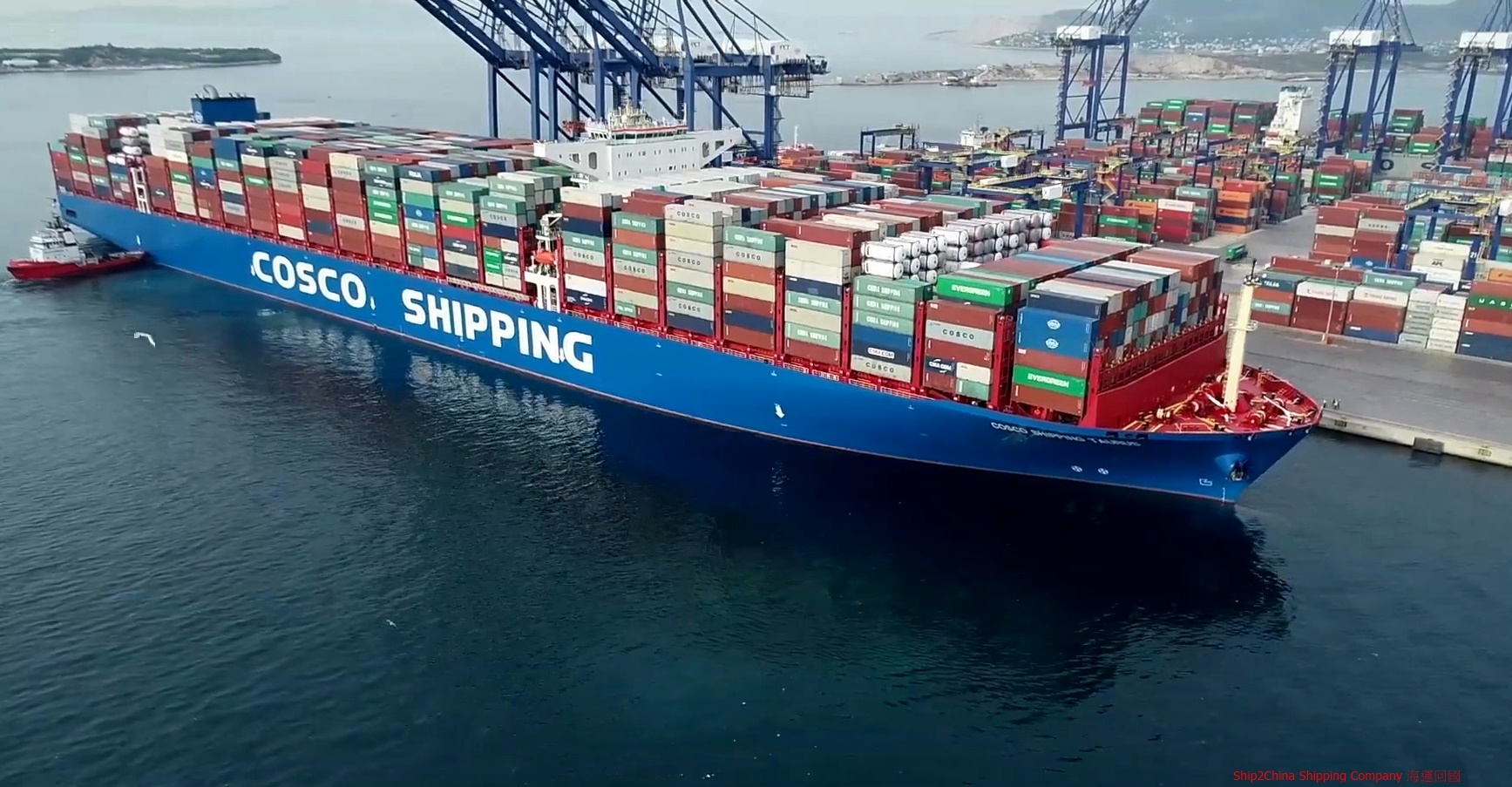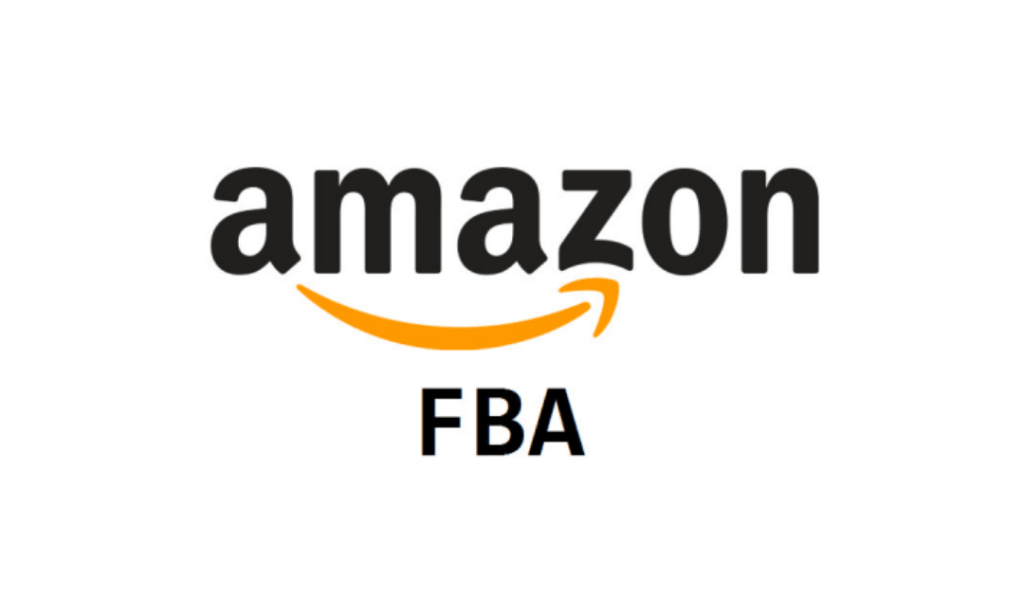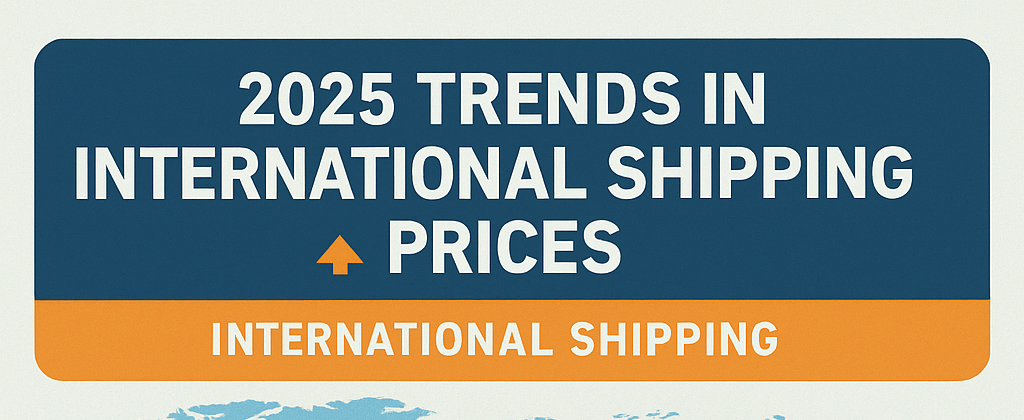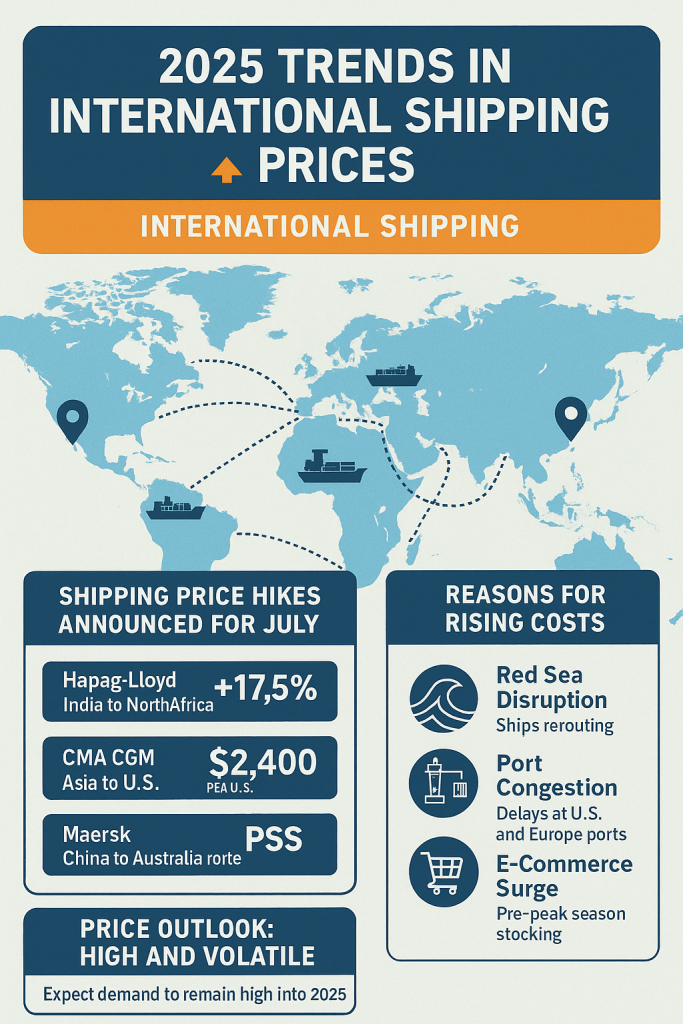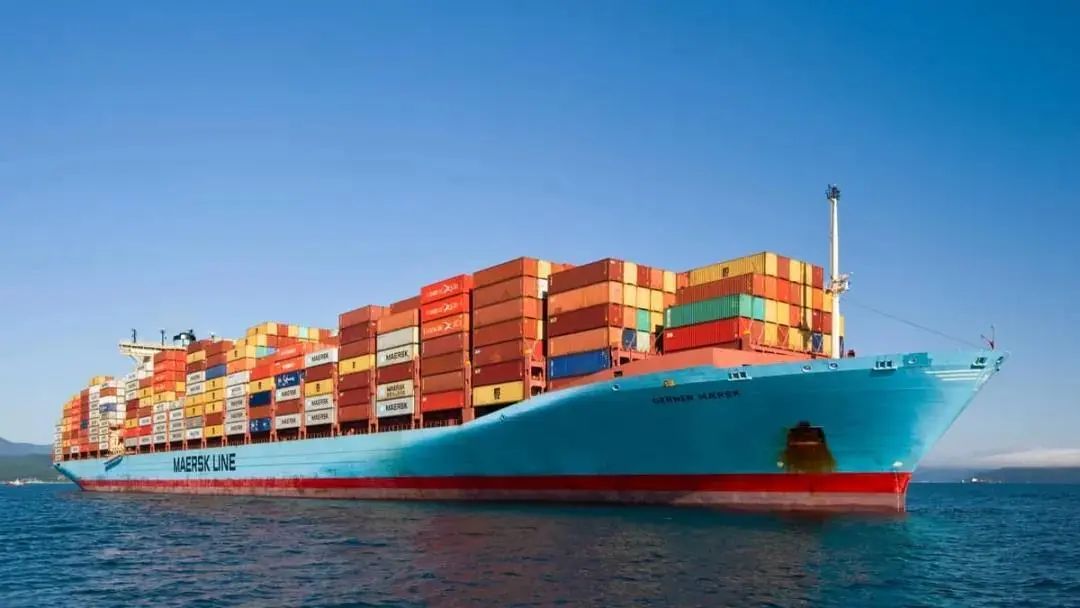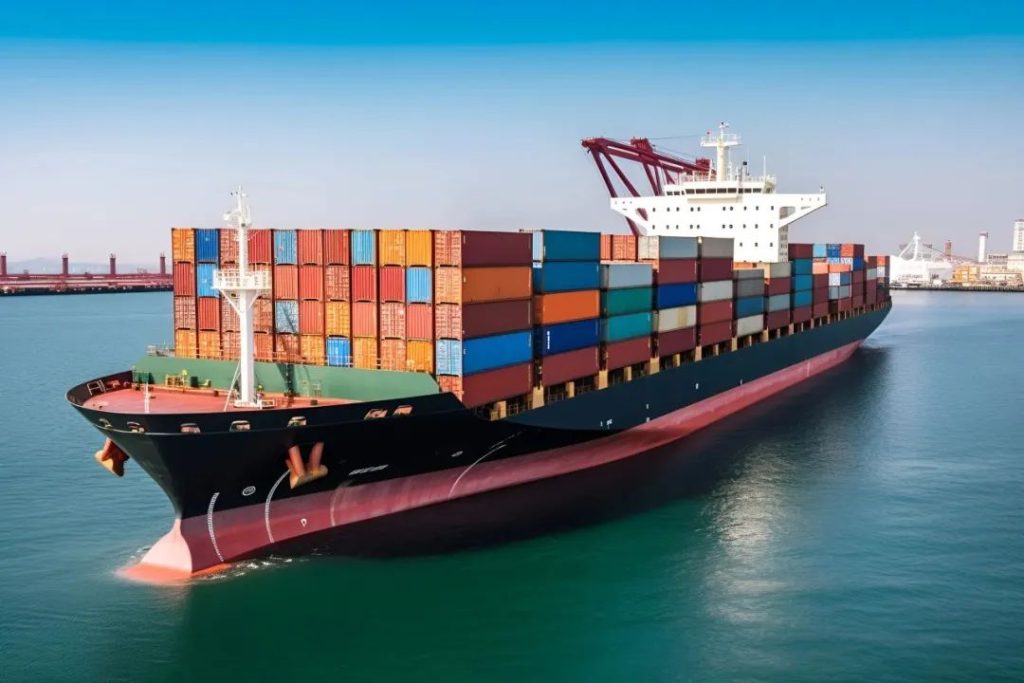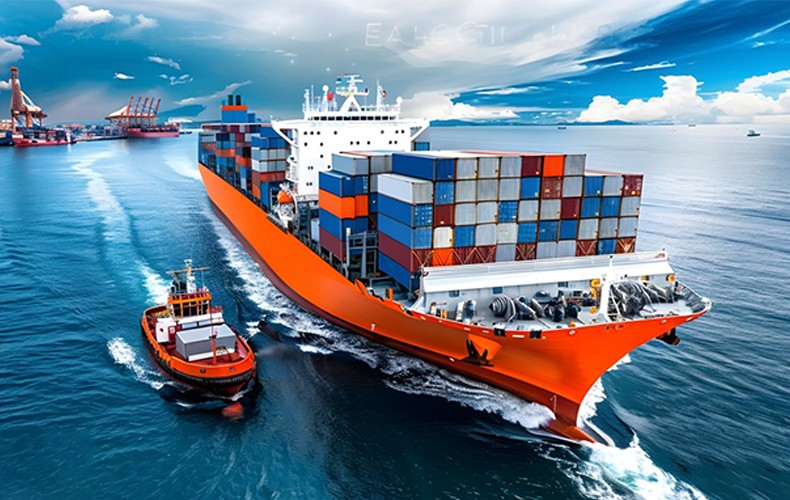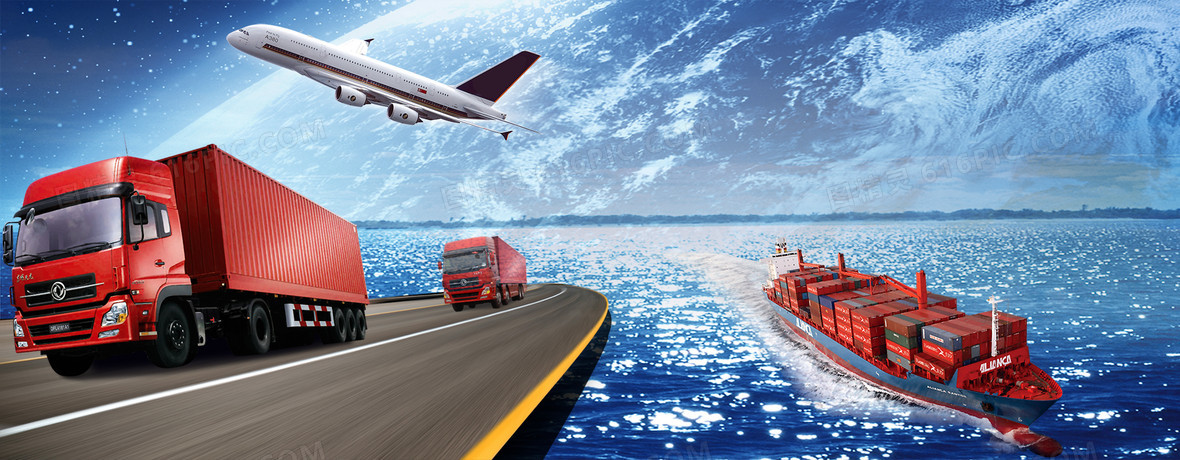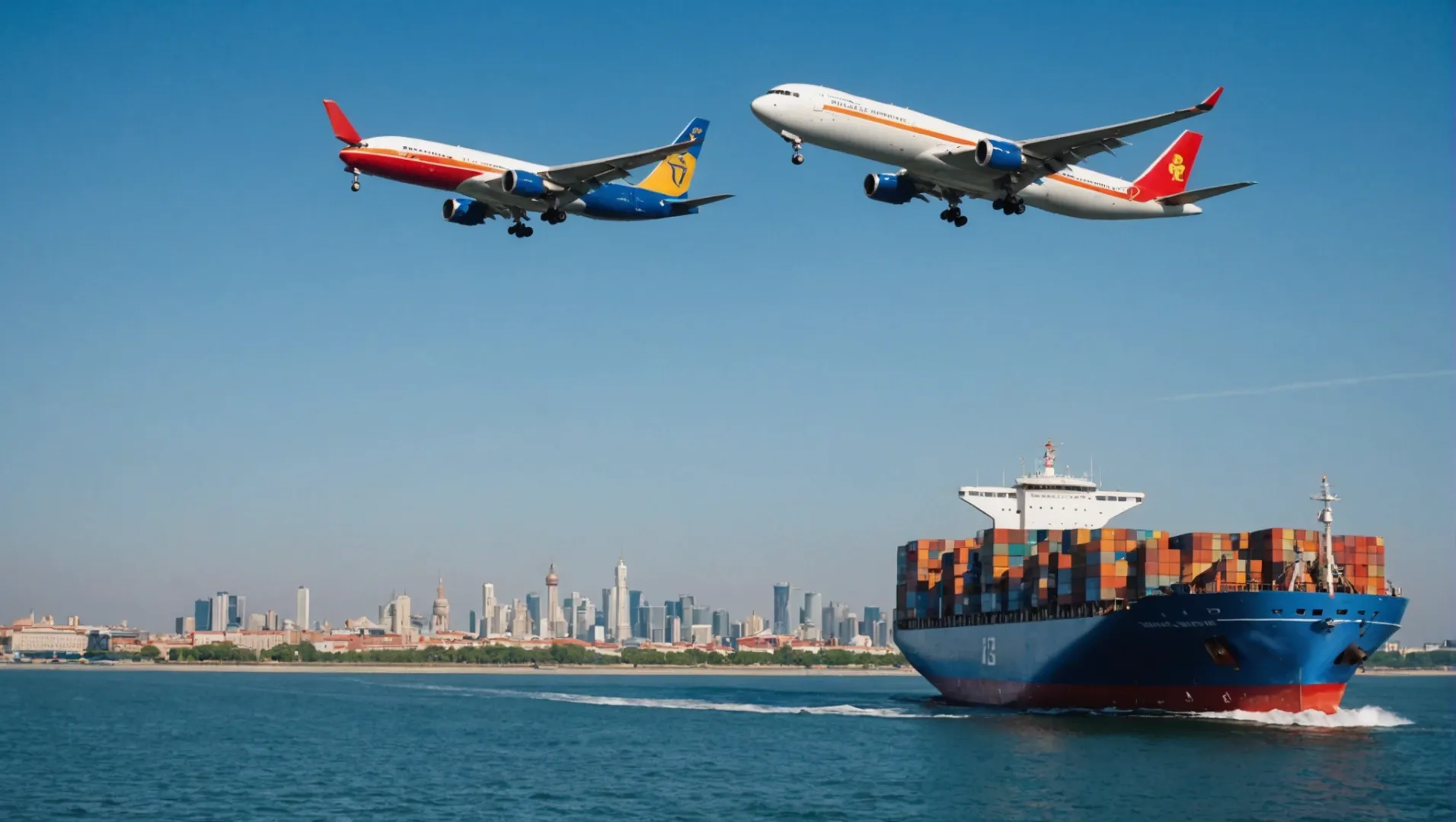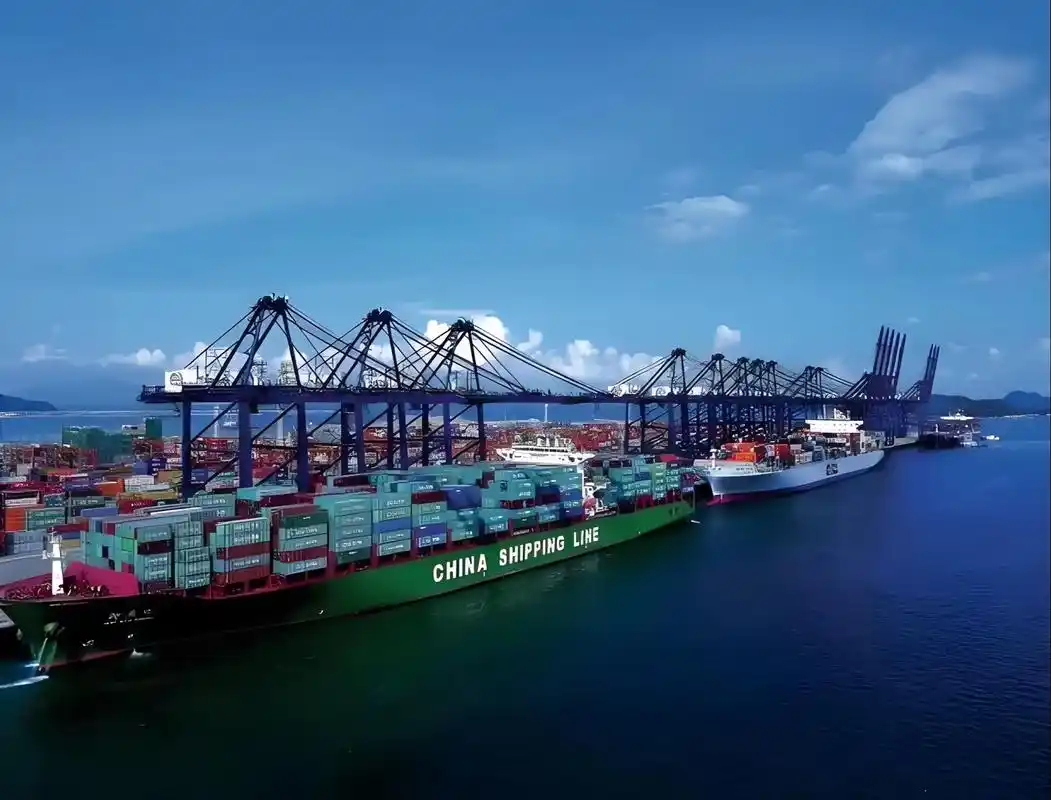The Different Types of Sea Freight Routes
1. Introduction
On the vast and often turbulent ocean, countless ships carry a diverse array of goods, navigating between ports all over the world. The paths they take form complex and crucial sea freight routes, the very lifeblood of international trade, connecting the far corners of the global economy. But how are these various sea freight routes classified? This article will delve into the different ways to categorize shipping lanes, providing a clearer understanding of this vital concept in global trade. Knowing these classifications can greatly aid in planning your international shipping route.
2. What is a Sea Freight Route?
A sea freight route, as the name suggests, is a fixed or unfixed route taken by ships between different ports for the transportation of passengers and goods. Think of it as a “water highway” connecting different ports, cities, and even countries. A sea freight route is a critical link connecting ships, ports, cargo, and trade. Route selection isn’t arbitrary; it necessitates careful consideration of safety, cost, and efficiency, among other factors, to make the best decision. Choosing the appropriate route is crucial for managing ocean freight rates effectively.
3. Main Types of Sea Freight Routes
Sea freight routes can be classified in various ways. Below, we’ll explore several key classification methods in detail:
3.1 Classification by Navigated Water Body
- 3.1.1 Ocean Routes (Transoceanic Routes): These are international shipping routes that cross oceans between countries or regions. For instance, routes connecting China and the United States, or China and Europe, fall under this category. These routes are typically long and require large vessels to complete the transport task.
- 3.1.2 Near Sea Routes: These are shipping routes between a country and its neighboring coastal countries. For example, routes from China to Japan, South Korea, and Southeast Asian countries are considered near sea routes.
- 3.1.3 Coastal Routes: These are shipping routes between ports along the coast of a single country. For instance, routes from Shanghai to Dalian or Guangzhou to Qingdao in China are coastal routes, primarily serving domestic trade.
- 3.1.4 Global Routes: These are ultra-long routes connecting the Pacific, Atlantic, and Indian Oceans. They often take months to complete and are a vital component of global trade.
3.2 Classification by Route Validity Period
- 3.2.1 Seasonal Routes: These are routes that are adjusted based on seasonal changes. Adjustments are necessary due to the influence of climate factors like ocean currents and monsoons. For example, the Far East-North America route might be adjusted seasonally to ensure navigation safety and efficiency.
- 3.2.2 Perennial Routes: These are routes that can be used year-round without being affected by seasonal changes. These routes are typically located in areas with relatively stable climates.
3.3 Classification by Capacity, Distance, and Volume
- 3.3.1 Main Routes (Trunk Lines): These are major routes connecting hub ports or central ports. These routes typically use large container ships and connect world-class hub ports, handling significant volumes. For example, the Far East/North America, Far East/Europe, and Europe/North America routes are some of the most important main routes globally.
- 3.3.2 Branch Routes (Feeder Lines): These are routes connecting distribution ports or exchange ports, serving the main routes. These routes typically use smaller vessels to connect regional hub ports, transporting goods from feeder ports to main route ports or distributing goods from main route ports to feeder ports.
3.4 Classification by Organizational Form
- 3.4.1 Direct Routes: These are routes where the port of origin directly reaches the port of destination without calling at any other ports in between. The advantage of direct routes is speed and quick turnaround, saving transport time and costs. Direct routes are commonly used for main routes.
- 3.4.2 Transit Routes: These are routes where the port of origin reaches the port of destination with calls to other ports in between. Transit routes can connect more ports but increase transport time and costs.
3.5 Classification by Departure Time
- 3.5.1 Regular Routes (Liner Routes): These are routes that operate according to a fixed route, fixed ports of call, and a fixed timetable. These are often referred to as “five fixed” routes: fixed sailing schedule, fixed route, fixed freight rate, fixed port, and fixed vessel. The establishment of liner routes requires careful consideration of cargo types, route distance, and port conditions.
- 3.5.2 Irregular Routes (Tramp Routes): These are routes with no fixed sailing schedule or route. Irregular routes primarily follow the source of cargo and are arranged according to charter contracts. They mainly transport bulk cargo, such as grains, oil, and ores.
3.6 Classification by Navigation Technique
- 3.6.1 Great Circle Route: This is the shortest distance between two points on the Earth’s sphere. The characteristic of the great circle route is that the course is constantly changing and requires continuous adjustments.
- 3.6.2 Rhumb Line Route: This is a route where the course remains constant. At low latitudes or when traveling north-south, the difference between a rhumb line route and a great circle route is minimal.
- 3.6.3 Parallel Sailing Route: This is a route that sails along a latitude circle with a track of 90° or 270°. It is suitable for situations where two locations are at the same latitude.
- 3.6.4 Composite Route: This is a route that combines the great circle route and the parallel sailing route to achieve the shortest possible distance. The purpose is to avoid dangerous areas in high-latitude navigation.
3.7 Classification by Climate and Weather Conditions
- 3.7.1 Climatic Routing: This refers to routes that consider the climatic conditions of the sailing season. When selecting a climatic route, it is necessary to refer to route design charts and materials such as “World Ocean Routes.”
- 3.7.2 Weather Routing: This refers to routes recommended based on weather forecasts and vessel conditions. These services are typically provided by professional weather routing companies.
- 3.7.3 Optimum Route: This refers to the route with the least sailing time, the fastest vessel turnaround, and the highest operating efficiency.
4. Factors Influencing the Formation of Sea Freight Routes
The formation of a sea freight route is influenced by several factors, including:
- Safety Factors: Avoiding natural hazards such as waves, reefs, and ensuring safe navigation.
- Cargo Factors: The size of the cargo volume along the route; busier routes are more likely to form.
- Port Factors: Port conditions such as water depth, climate, equipment, inland transportation, and fees.
- Technical Factors: Choosing economical and fast routes to improve transportation efficiency.
- Other Factors: International politics, economic policies, shipping policies, etc.
5. Conclusion
In summary, sea freight routes are diverse, and each classification method reflects the characteristics and laws of sea freight from different perspectives. Understanding the different types of routes is crucial for shipping companies, trading companies, and related professionals. You can use Sea Freight Tracking services to stay informed about the status of your cargo transportation at any time. With the continuous development of global trade and the continuous advancement of technology, future sea freight routes will become more intelligent and efficient, contributing even more to global economic development.
GET IN TOUCH
